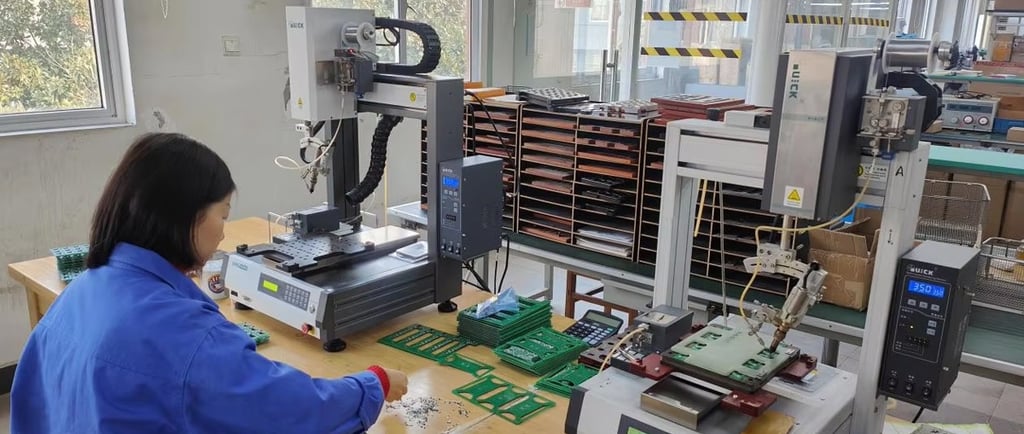How to Test a Hall Effect Sensor with a Multimeter
Learn how to test a Hall Effect sensor using a multimeter with step-by-step instructions. Halleffectpro shares practical tips, humor, and a handy table to simplify the process.
Azael
6/19/20191 min read


How to Test a Hall Effect Sensor with a Multimeter
Hi there, Azael here from Halleffectpro! If you’ve ever scratched your head while testing a Hall Effect sensor, you’re not alone. These magnetic marvels are fascinating, but they can be tricky to troubleshoot. Let’s walk through how to test one using a multimeter—and maybe have a little fun along the way!
What You'll Need
Before we dive in, here’s your checklist:
A multimeter (with voltage and continuity modes).
A stable power source for the sensor.
A small magnet (because Hall Effect sensors love magnets).
A steady hand (or two).
Step-by-Step Testing Guide
Here’s the process in simple terms:
Check the Power Supply Connections
Hall Effect sensors need proper power to work, just like we need coffee. Ensure you connect the sensor to a stable power source, typically 5V or 12V.Test Voltage Across Power Terminals
Use the multimeter in voltage mode. Measure the voltage between the power (VCC) and ground (GND) pins.Expected reading: Close to the sensor’s specified voltage.
If the voltage is zero, double-check your connections (or your patience).
Test the Output Voltage
Switch the multimeter to measure voltage again. Place the magnet near the sensor and observe the output pin voltage.
If the output doesn’t change, the sensor might be bad—or just really stubborn.
Check Continuity (Optional)
For some Hall sensors, you can check the continuity between output and ground while moving the magnet. Set the multimeter to continuity mode and listen for a beep as the magnet moves.
Common Issues and Fixes
Pro Tip
Testing sensors can be tedious, but with practice, it becomes second nature. And remember, if your multimeter shows results that make no sense, it’s okay to take a break, sip some coffee, and try again. Sensors—and life—work better when you’re patient!
By the end of this, you’ll be a Hall Effect sensor detective, ready to troubleshoot like a pro. Happy testing!
Related Blog
Sensors
Quality hall effect sensors for various applications.
Wholesale
Customization
azael@halleffectpro.com
+86-15205190013
© 2012-2024. All rights reserved.
